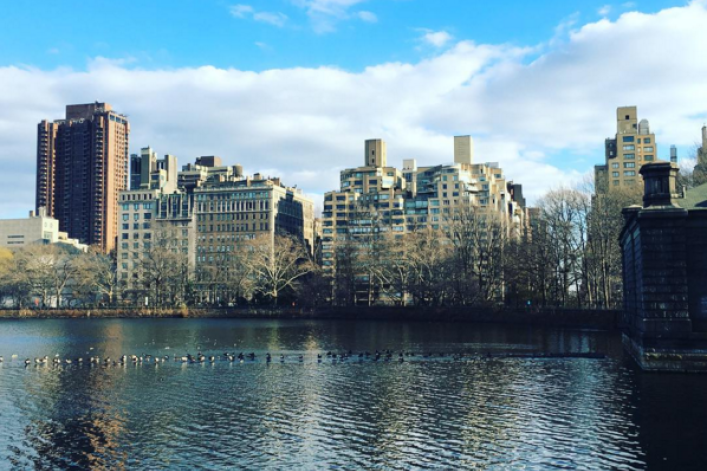
It's no secret that the division between rich and poor is a worsening problem in New York—in fact, according to the Pew Research Center, our city has one of the highest rates of income segregation in the country.
A recent study by UCLA professors Dr. Michael C. Lens and Dr. Paavo Monkkonen examined the factors that contribute to this social stratification, and it turns out that in many of the 95 cities they considered, density restrictions play a major role in exacerbating inequality.
Density restrictions—regulations on how land can be used—tend to isolate the wealthy in exclusive enclaves, the report found. In other words, more stringent restrictions on construction lead to a diminished housing supply, which in turn raises prices. In an article for CityLab, Richard Florida writes that high-income, highly-educated people then congregate in “the most central, economically functional, and desirable locations—in turn shunting the poor, less educated, and service and working classes.”
Pew created a map of income inequality in NYC that renders this phenomenon startlingly concrete. The color red, used to denote lower income households, appears in uninterrupted, solid blocks across neighborhoods, while white and blue—indicating middle and high-income residents—dominate other areas. There is little blending; unsurprisingly, much of prime Manhattan appears white and blue, while the vast majority of the Bronx is red.
While the map does confirm that New York is starkly economically divided, Dr. Lens, one of the study’s authors, told us that our city is exceptional in a few ways. Density restrictions, for instance, may not play as large a role in perpetuating income segregation as they do elsewhere.
“One thing that we know is that while density could be higher in New York, it is quite dramatically higher than in most places, especially the central part of the city,” says Dr. Lens, referring to Manhattan.
Another difference has to do with the desirability of suburban living, which is not as high in New York as it is in other metropolitan regions. “Manhattan is the most desirable place to be, and it's not very similar to other places, where the more common dynamic is suburban areas excluding people,” Dr. Lens said.
So if NYC is so unique, how can the city address the ever-widening gap between haves and have nots? Dr. Lens said that Mayor De Blasio’s mandatory inclusionary housing plan might bode well as a method for battling segregation: “It’s supposed to counteract some of these market and discrimination-based forces,” he says. “At this point, nobody is building housing for people that are at the middle, and certainly not the lower-income levels, without some kind of subsidy or regulation to incentivize them to do it. It seems like the alternative is a large enclave of high-income people.”
Related:
Are NYC's affordable housing policies tantamount to segregation?
Win the NYC affordable housing lottery: how to get an "80/20" rental

























